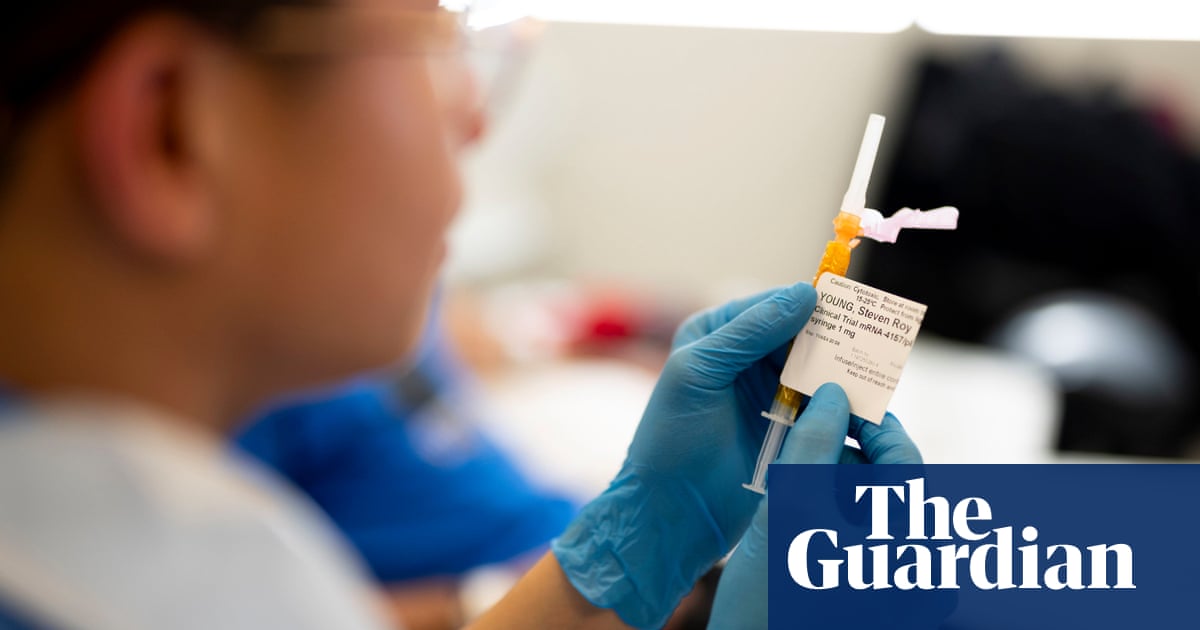
Toxoplasmosis – A Global Threat. Correlation of Latent Toxoplasmosis with Specific Disease Burden in a Set of 88 Countries
Conceived and designed the experiments: JF. Analyzed the data: JF. Contributed reagents/materials/analysis tools: JF. Wrote the paper: JF JP ZI. Data collection: MS.
Toxoplasmosis is becoming a global health hazard as it infects 30–50% of the world human population. Clinically, the life-long presence of the parasite in tissues of a majority of infected individuals is usually considered asymptomatic. However, a number of studies show that this ‘asymptomatic infection’ may also lead to development of other human pathologies.
The purpose of the study was to collect available geoepidemiological data on seroprevalence of toxoplasmosis and search for its relationship with mortality and disability rates in different countries.
Prevalence data published between 1995–2008 for women in child-bearing age were collected for 88 countries (29 European). The association between prevalence of toxoplasmosis and specific disease burden estimated with age-standardized Disability Adjusted Life Year (DALY) or with mortality, was calculated using General Linear Method with Gross Domestic Product per capita (GDP), geolatitude and humidity as covariates, and also using nonparametric partial Kendall correlation test with GDP as a covariate. The prevalence of toxoplasmosis correlated with specific disease burden in particular countries explaining 23% of variability in disease burden in Europe. The analyses revealed that for example, DALY of 23 of 128 analyzed diseases and disease categories on the WHO list showed correlations (18 positive, 5 negative) with prevalence of toxoplasmosis and another 12 diseases showed positive trends (p<0.1). For several obtained significant correlations between the seroprevalence of toxoplasmosis and specific diseases/clinical entities, possible pathophysiological, biochemical and molecular explanations are presented.






















